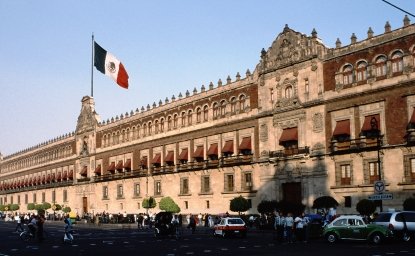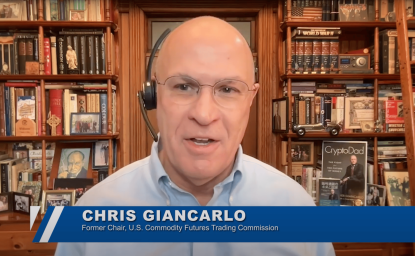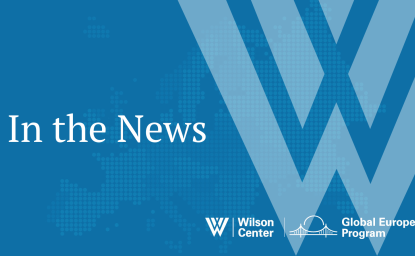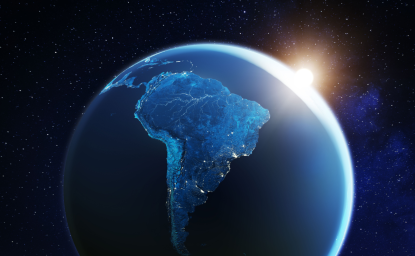Mexico has been fighting for the future for at least half a century. After decades of stability and relatively high economic growth, in the 1960s the economic order based on the substitution of imports and the political order based on the tight control by a closed political system began to crumble. From then on, the country has divided into two main currents: the one that sought to build a new future by looking forward and outward; and the one that persecuted to return to the revolutionary nationalism originated in the Mexican Revolution, particularly in its cardenista phase.
The way in which the dispute was resolved, after the economic crises of the 1970′s, was typically Mexican: with a hybrid of past and future: building new economic strategies but without abandoning the old political structures. No one should be surprised that this contradictory combination is making water right now.
Andrés Manuel López Obrador is a faithful representative of the revolutionary nationalist current and is exploiting the errors, but especially the shortcomings and inadequacies, of the modernizing current. These shortcomings and inadequacies -in an environment of openness, ubiquitous information and social networks capable of transmitting any message in nano seconds- make it possible to highlight the corruption, privileges and excesses of the old system that, due to this unfinished modernization, persist in Mexican society. It is obvious that all those forms of abuse existed before and, without a doubt, they would continue under an AMLO government, but that is not the point of this contest; what exists is something unbearable for the citizenry and that is the heart of AMLO’s strategy: to show the shortcomings by promising nirvana that, everyone knows, is a utopia.
Although the modernizing currents have dominated the economic and political landscape for these decades, the dispute never disappeared. And that is the core reason why the NAFTA was conceived: to guarantee the viability of the process of modernization, at least in a part of national life, that of investment. That is to say, from the beginning, the modernizers understood, at least in a pragmatic way, the existence of a flagrant contradiction but, instead of solving it once and for all, they built a mechanism that was implacable to protect at least the heart of modernity: the economy. So strong was the PRI political framework that the two PAN governments did not take a hair out of the cat.
The NAFTA resolved the crux of the problem by depoliticizing an enormous chunk of public activity, since its essence lies in the fact that it constitutes, for all practical purposes, a space of exception: there are rules, functional mechanisms to resolve disputes and enforce contracts. With the NAFTA, a fundamental part of the economy was shielded from corruption and isolated from the broader political dispute. However, for the losers in that dispute, the NAFTA became the factor to defeat; their problem was that the trade pact became extraordinarily popular because its virtues are obvious to the citizenry: it is the only relevant engine of growth of the economy and, more importantly, although for the majority it is something distant, it constitutes a vivid example of what the rule of law is.
When AMLO calls “PRIAN” the modernizing governments of the PRI and the PAN, he obviously does so to disqualify them but, in reality, he’s addressing the struggle between the past and the future: openness versus autarky; market vs. government in charge; democracy vs. vertical control. It is not that the governments of the PRI and the PAN have been a paragon of virtues, since they all spoke of modernity but they continued to preserve the world of privileges. But what is relevant is that the common denominator is the PRI system of yesteryear in its political aspect: that which, however much free elections, has not changed in the essential.
The old-new dispute lies at the heart of the old PRI system of which Lopez Obrador and Peña Nieto are equally paradigmatic: both are worthy representatives of the PRI of the sixties and none promises anything other than preserving that old system in its political aspect; where today’s candidates -AMLO and Meade (or Ricardo Anaya)- differ radically is in the economic aspect: one wants to return to the idyllic world of the sixties, just when it was beginning to crumble; the other wants to move towards modernity creating greater development opportunities that are, in the end, those that have stabilized the economy and created a growing and booming middle class.
Contrary to what AMLO proposes, the real challenge of Mexico lies not in the economic “model” but in the old political order, because that is where the country has stuck, preserving a world of privileges and crony capitalism. Thus, the dilemma for the citizenship lies in deciding how to change: forward or backward.
It is worth remembering the wise words of Vaclav Havel: “a better system will not automatically ensure a better life. In fact, the opposite is true: only by creating a better life can a better system be developed.”
The views expressed here are solely those of the author.
Author

Mexico Institute Advisory Board Member; Chairman, México Evalúa; Former President, Consejo Mexicano de Asuntos Internacionales (COMEXI); Chairman, Center for Research for Development (CIDAC), Mexico

Mexico Institute
The Mexico Institute seeks to improve understanding, communication, and cooperation between Mexico and the United States by promoting original research, encouraging public discussion, and proposing policy options for enhancing the bilateral relationship. A binational Advisory Board, chaired by Luis Téllez and Earl Anthony Wayne, oversees the work of the Mexico Institute. Read more

Explore More
Browse Insights & Analysis
The Mexico Institute's 2018 Elections Guide



